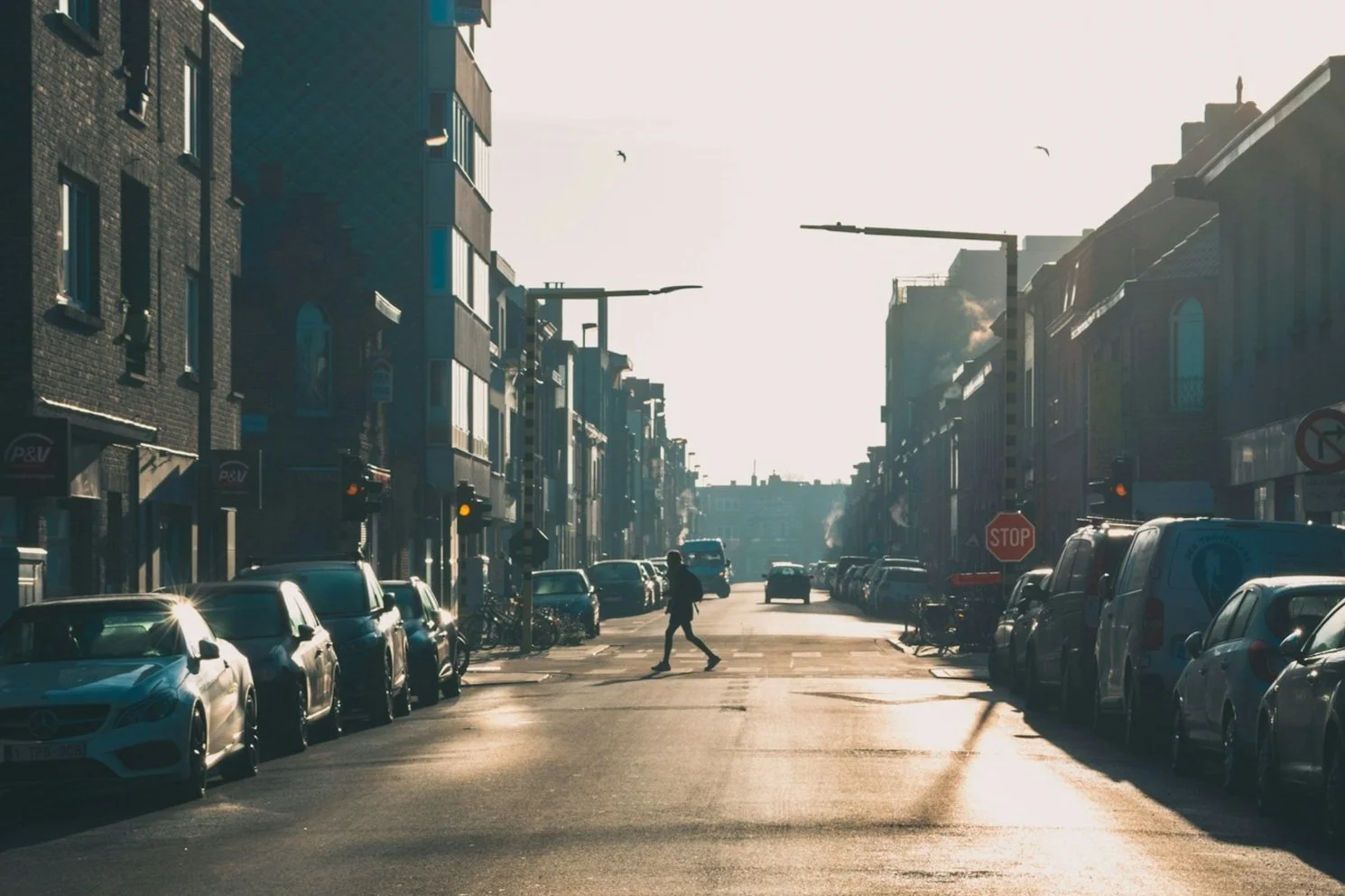Jaywalking Decriminalized: NYC Ends A Century-Old Myth Against Pedestrians
A Works Progress Administration/Federal Art Project poster illustrated by Isadore Posoff in 1937.
The Origin Of Jaywalking
New York City has always been known for its bustling streets and, for better or worse, its reputation for jaywalking. For decades, pedestrians defied crosswalks and signals, dashing across streets as taxis, delivery trucks, and city buses swerved around them. This long-held tradition—some say, a part of the city’s DNA—has just taken a dramatic turn. With the city’s recent decision to decriminalize jaywalking, New Yorkers are no longer required to abide by strict pedestrian rules that favored traffic flow over pedestrian freedom.
This shift is more than just a practical change; it challenges a century-old narrative that labeled non-compliant walkers as “jaywalkers,” a term with a surprising, industry-rooted history. Previously illegal in New York since 1958, jaywalking carried a fine of up to $250.
The concept of “jaywalking” didn’t arise from a genuine concern for pedestrian safety; rather, it was a calculated campaign by the auto industry in the 1920s. As cars became more common in American cities, the streets—once shared by pedestrians, streetcars, and horse-drawn carriages—turned into battlefields. Pedestrian fatalities began to rise, but automakers realized that blaming car drivers would hurt their sales and the image of their vehicles as indispensable. The solution? Blame the pedestrians. The industry coined the term “jaywalking” from “jay,” a derogatory term for someone foolish or uninformed, and used it to paint pedestrians who crossed outside designated areas as reckless nuisances to the modern cityscape.
Posters, ads, and public awareness campaigns soon blanketed cities, effectively stigmatizing pedestrians and redirecting blame from cars to people on foot. Soon, pedestrians were pressured to stick to crosswalks and obey signals, rather than crossing freely as they once had. The auto industry’s PR efforts were effective—jaywalking became widely frowned upon, even criminalized, in cities like New York. This social shift helped cars dominate urban environments, reducing the accountability of drivers while restricting pedestrian movement.
Source: Squarespace/ Unsplash
The Benefits Of Walking
Walking offers a powerful boost to health and the environment, proving to be one of the simplest ways to improve both personal well-being and the planet. Physically, walking strengthens the cardiovascular system, improves muscle tone, and can reduce the risk of chronic diseases like heart disease, diabetes, and certain cancers. Walking also enhances mental health by lowering stress, improving mood, and even boosting creativity, which makes it a rejuvenating choice for both body and mind.
Environmentally, choosing to walk instead of drive reduces carbon emissions, making it a vital tool in the fight against climate change. Every car trip avoided means fewer greenhouse gases released into the atmosphere, helping to decrease pollution and reduce dependence on fossil fuels. In cities like New York, where the streets are designed for pedestrian activity, walking isn’t just a mode of travel—it’s a lifestyle that actively contributes to cleaner air, less noise pollution, and a more sustainable urban environment. By walking more, we not only invest in our own health but also contribute to a healthier, more resilient planet.
Advice For Tourists
Even though jaywalking is now legal in New York City, tourists should remain vigilant about traffic when navigating the city streets. NYC’s fast-paced traffic and bustling intersections can be disorienting for visitors, and drivers—used to the city’s constant flow of pedestrians—may not always yield or slow down as expected. Vehicles turning at intersections or speeding up to make a green light can pose sudden risks, especially for those unfamiliar with the city’s rhythm.
Tourists should be cautious when crossing, particularly at busy intersections, and avoid stepping into the street without first checking for oncoming traffic. Listening to music or staring at a phone while walking can be tempting, but staying alert to the flow of cars, bikes, and even delivery scooters is key for safety. Being aware, even when jaywalking is legal, allows visitors to enjoy the city safely while experiencing its unique energy.
Source: Squarespace/ Unsplash
The Future Of Pedestrian Friendly Environments
Now, as New York City officially legalizes jaywalking, it’s a landmark moment in reclaiming pedestrian autonomy and acknowledging the roots of an outdated law. The change underscores a more pedestrian-centric urban philosophy, aiming to promote a safer environment for everyone by slowing down traffic, redesigning intersections, and placing responsibility back on drivers as well as walkers. The decriminalization of jaywalking also reminds New Yorkers of how powerful interests have historically shaped city streets, and how shifting cultural norms can reflect changing values.
This new policy will likely see the city’s streets filled with even more movement and energy as pedestrians return to crossing as they wish. However, the city and its residents know that freedom also demands responsibility. While New Yorkers may now legally cross wherever they want, safety will still rely on awareness and mutual respect between pedestrians and drivers. The decriminalization of jaywalking doesn’t just legalize an old habit—it’s an affirmation that cities belong to people, not just to cars.




